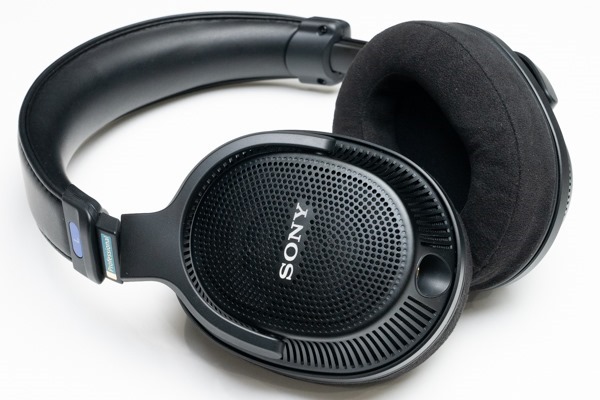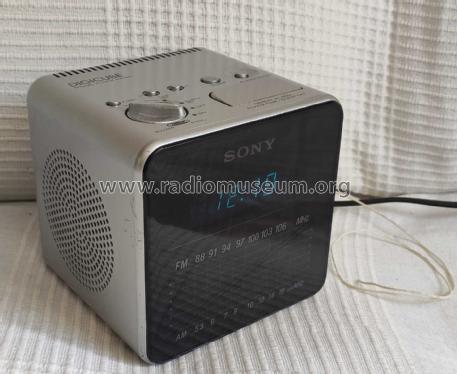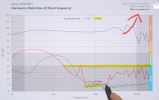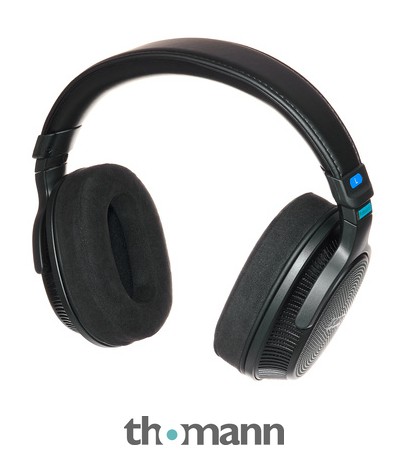Zensō
Major Contributor
That‘s a nice looking connector. It appears to be knurled alloy.It is threaded.
"The connection part to the main unit is detachable with a screw system, allowing for secure connection and cable replacement."
That‘s a nice looking connector. It appears to be knurled alloy.It is threaded.
"The connection part to the main unit is detachable with a screw system, allowing for secure connection and cable replacement."
It is indeed.It is threaded.







That seemed like such a nice review, going through the FR and sharing insights, talking about variations caused by different placements, detailed conversation about distortion etc. I "rewinded" the video a bit, there is a comparison to MDR 7506, a conversation about power requirements and which devices can supply it with enough power. A level of magnitude better than any English language review I came across.[MEDIA]
Amir would have a comment or two on that H2/H3 distortionInteresting...
View attachment 280190
Amir would have a comment or two on that H2/H3 distortion
Do you know what measurement gear he is using? How much can we read into the graphs?Bass output isn't too bad to begin with though, for a presumably fully open dynamic. Solderdude has often noticed that elevated H3 is accompanied with compression with level though, so hopefully the MV1 won't be affected at a reasonable level.
Personally I quite like the smoothness of the response, and I'm assuming for now, given the design, that it's going to be fairly insensitive to coupling issues up to a few kHz. Conversely I have some concerns about the EQability of the 5kHz dip and the treble response in general, as well as pad wear over time.
GRAS 45CA-8:Do you know what measurement gear he is using?

As far as I can tell, the only difference between his GRAS and Amir's is the use of an ra0045 coupler instead of the ra0402. That means that high frequency resonances above ~7kHz will be more pronounced.How much can we read into the graphs?
It is strange but it seems to be more common now w/ low impedance design being released for some reason. Austrian Audio and late model AKG seem to be all 32ohm and under nowadays.24Ω seems to be an odd choice for a dynamic headphone built for studios, where high output impedance headphone amps are still pretty common.
According to Sony these are intended to give you a spatial nearfield monitor replacement for your headphone mixes. Their distortion metrics have improved immensely since 7506 over 30 years ago which it should be~ For an open back it does seem bassy, but that broad band of bass looks like it might be its downfall somewhat unless it was done w/ some intention.

 www.thomann.de
www.thomann.de
They do offer some Personalized HRTF service thats supposedly coming soon to a few stores in the US. Could even have something to do w/ the base line of the personalized HRTFs granted not everyone will be able to go to the stores offering the service.If the use case is similar to what Sony's marketing for their 360 Virtual Mixing Environment is (measure a studio's speakers with in-ear mics, equalise the output to the HPs to match it after measuring the HPs in situ with the same microphones), then the MDR-MV1's basal curve is less important than its EQability, in which case a coupling insensitive design (which given how open the front volume is we can presume is the case here, up to a few kHz) and a smooth curve (up to 4kHz or so it's quite a bit smoother than most headphones, and while I have some doubts about the EQability of the 5kHz dip, at least the peaks around 6-10kHz are shaped in a way that won't be excessively hard to EQ) can be positive attributes. Perhaps that use case can explain some of the choices Sony has made with these headphones... or perhaps not, who knows.
Well, this is a horrible peak at 6kHz (and a huge dip at 4.5kHZ). Generally it seems that it is on the bright side, even big time. Also the overall look appears to be very plasticky. Without having listened to it, I would most probably prefer the HD 650 with it's much smoother response, just EQ some bass in.Bass output isn't too bad to begin with though, for a presumably fully open dynamic. Solderdude has often noticed that elevated H3 is accompanied with compression with level though, so hopefully the MV1 won't be affected at a reasonable level.
Personally I quite like the smoothness of the response, and I'm assuming for now, given the design, that it's going to be fairly insensitive to coupling issues up to a few kHz. Conversely I have some concerns about the EQability of the 5kHz dip and the treble response in general, as well as pad wear over time.
View attachment 280198
Did you compare HD650 under the same test bench? Otherwise, any comment on FR is pointless...Well, this is a horrible peak at 6kHz (and a huge dip at 4.5kHZ). Generally it seems that it is on the bright side, even big time. Also the overall look appears to be very plasticky. Without having listened to it, I would most probably prefer the HD 650 with it's much smoother response, just EQ some bass in.
